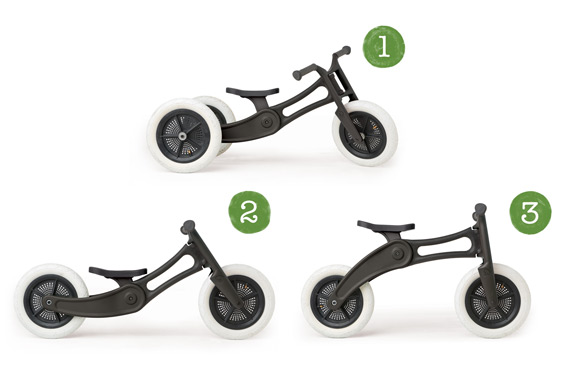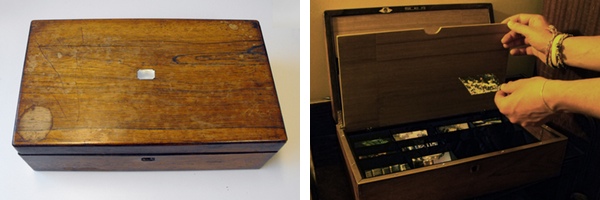Last month we announced a contest with Poornima Vijayashanker to give away five copies of her new book, How to Transform Your Ideas into Software Products. To enter, we asked readers to give us their answer to the question: “What’s your favorite example of a product that differentiates based on design?” Below you can see the reponses from our winners along with comments from the author. You can also check out an excerpt about how to differentiate with design.
“I would say Facebook Messenger. The chat heads interface is brilliant, intuitive, and addictive. Paper might be better, though I can’t say as I haven’t tried it yet, because it’s not available in Europe.”—Viktor Jančík of Brno, Czech Republic
“Uber: they reinvented how to order a cab using existing technologies. I think that’s true innovation.”—Allard van Helbergen of Berlin, Germany
“The Wishbone 3 in 1 bike. It’s a beautifully designed kids’ bike that’s good for a child as he or she progresses from age one to five. This should be the standard for a child’s bike!”—Brian Mofford of Edmonton, Canada
For me, the design of the beer bottle (as a beer carrying product) with its neck, wins over the can a million times. Here’s why: the feeling of holding a bottle made of glass in your hand is way more beautiful than holding the metal can. Also, the long neck of the bottle establishes the perfect flow for the beer to enter your throat and it preserves the taste better.”—Kai Peters of Bielefeld, Germany
“My favorite example of a product that differentiates based on design is the PhotoBox by Will Odom. It is based on the Slow Technology philosophy and creates great experiences of anticipation, reflexion, and revisitation of digital pictures. An amazing object!”—Carine Lallemand of Pagny-sur-Moselle, France
Poornima Responds
It’s interesting that everyone has commented on design primarily from an experience stand point. While aesthetics do matter, each person commented on the experience the product produces.
For example, Kai mentioned the design of a beer bottle was preferable to a can both in terms of the experience of drinking and holding. While Allard loves Uber, and mentioned reinventing the process of ordering a cab—again another experience, albeit a positive one. Brian spoke about the elegance of a bike that has been designed to grow with a child.
Carine and Victor’s comments emphasized how thoughtful and in-depth a product can be, as a result it evokes a spectrum of emotions: anticipation, reflection, and admiration for the product itself in the case of Facebook Messenger. Their comments are very much aligned with what John Maeda talks about in the Laws of Simplicity, law number 7 is: “more emotions are better than less.”
Hence one aspect of differentiating based on design is to evoke emotions. The emotional response doesn’t always have to be a positive one, but products that produce no response are typically the ones that people are apathetic about. It might be a leap to say that these eventually get commoditized without data, but it seems like that could be a potential direction.
Image of beer bottle courtesy Shutterstock.









